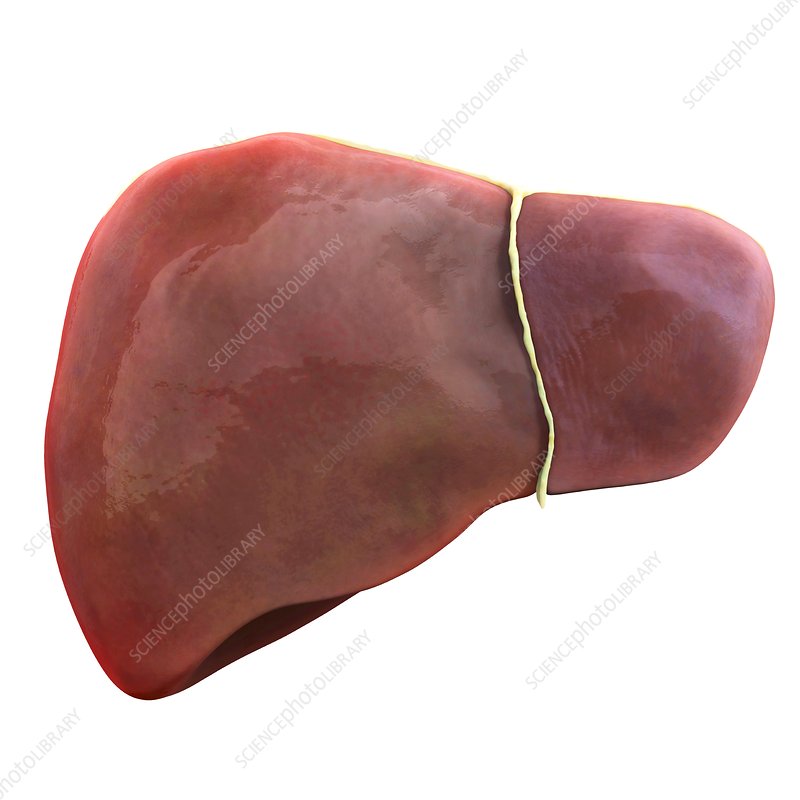
![]()
Recognising the early signs of liver damage can prevent the disease from worsening. Know early symptoms and complications that can occur due to liver issues.
CID actor Dinesh Phadnis who played the role of Freddy in popular show CID passed away on December 5 due to extensive liver damage. The liver is a crucial organ in the body and helps eliminate waste products from the body, and digest, and store essential nutrients.
A damaged liver can cause many complications from blood clotting, difficulty in concentrating, confusion, sleep disturbances among many other health issues. Recognising the early signs of liver damage can prevent the symptoms from worsening.
Yellow eyes or yellow skin is an indicator of high bilirubin levels. Abdominal swelling, dark urine, and pale-colored stools also indicate liver trouble.
“Liver damage can manifest in various ways, and recognising early signs is crucial for prompt medical intervention. One prominent indicator is jaundice, where the skin and eyes turn yellow due to elevated bilirubin levels. Persistent abdominal pain and swelling might also signal liver issues, as the liver becomes inflamed or enlarged,” says Dr Gaurav Chaubal, Director of Liver, Pancreas, Intestine Transplant Programme and Hepato-Pancreato- Biliary surgery at Global Hospitals, Parel, Mumbai.
“Spectrum of liver damage can vary from fatty liver to end-stage liver failure. Fatty liver can be present without signs and symptoms. However, a few patients might have feelings of heaviness and fullness in the abdomen. As the liver disease progresses towards cirrhosis and end-stage liver disease- the symptoms appear, and increase in frequency and severity. Liver damage can present as jaundice (yellowness of eyes, dark-coloured urine), swelling of feet, loss of appetite, unexpected weight loss, itching, muscle weakness, darkness of skin colour, loss of hair, loss of muscle mass, distension of abdomen, bleed in stools or vomiting, black coloured stools, sleep disturbances, disorientation,” says Dr Punit Singla, Director & HOD – Liver Transplant & HPB Surgery, Marengo Asia Hospitals Faridabad.
Dr Singla adds that one of the problematic complications of liver damage is the development of liver cancer which is difficult to detect in the early stages.
“Usually, it presents when the disease is advanced. It can occur with or without a history. A patient who has no history of cirrhosis – the signs of loss of appetite, unexplained weight loss, jaundice, pedal edema, heaviness/fullness. Any patient with such symptoms needs to undergo screening for liver disease, using blood investigations and ultrasound abdomen – which can help to identify liver disease at an early stage. Patients with liver disease or with a history of liver disease in the family need to meet doctors at regular intervals for screening checkups,” says Dr Singla.
EARLY SIGNS OF LIVER DAMAGE
Dr Chaubal shares early signs of liver damage that you should not ignore:
Dark urine
Changes in urine and stool colour can be indicative. Dark urine may suggest a problem with bile excretion, while pale-coloured stools can indicate a lack of bilirubin reaching the intestines. Unexplained weight loss, fatigue, and weakness could be signs of liver damage, as the organ plays a key role in metabolism.
Gastro symptoms
Gastrointestinal symptoms such as nausea, vomiting, and loss of appetite may accompany liver damage. Spider angiomas, small blood vessels visible on the skin resembling spider legs, can be a visible sign of liver issues. Additionally, persistent itching could result from bile salts accumulating in the skin.
Impaired brain function
An impaired liver may affect mental function, leading to confusion or difficulty concentrating. Sleep disturbances, like insomnia or daytime sleepiness, may also be linked to liver dysfunction. Blood clotting issues can arise due to reduced production of clotting factors by the liver.
Skin changes
Dark patches on the skin, often referred to as liver spots or age spots, might indicate liver damage as well. Chronic liver damage may progress to cirrhosis, characterized by scarring of the liver tissue, resulting in complications like fluid accumulation in the abdomen (ascites) or oesophageal varices.
If you observe these signs, seeking medical attention promptly is crucial. Liver damage can stem from various causes, including alcohol abuse, viral infections, and fatty liver disease. Early detection and lifestyle changes can contribute significantly to managing and improving liver health.




